Economics Assignment: Market Equilibrium, Pricing and Profit Analysis
VerifiedAdded on 2021/04/24
|7
|728
|127
Homework Assignment
AI Summary
This economics assignment addresses two key problems: determining market equilibrium under perfect competition and optimizing pricing strategies for a transport authority. The first problem calculates the equilibrium price and quantity by equating market demand and supply, revealing an excess supply scenario where firms effectively pay customers to take the output. It also considers the impact of firms exiting the market. The second problem focuses on profit maximization for a transport authority, determining optimal toll charges for off-peak users using marginal cost and revenue analysis. It then analyzes toll charges during peak hours when bridge capacity is reached, concluding that off-peak users should be charged while peak users should use the bridge for free. Desklib provides access to this and other solved assignments.
1 out of 7
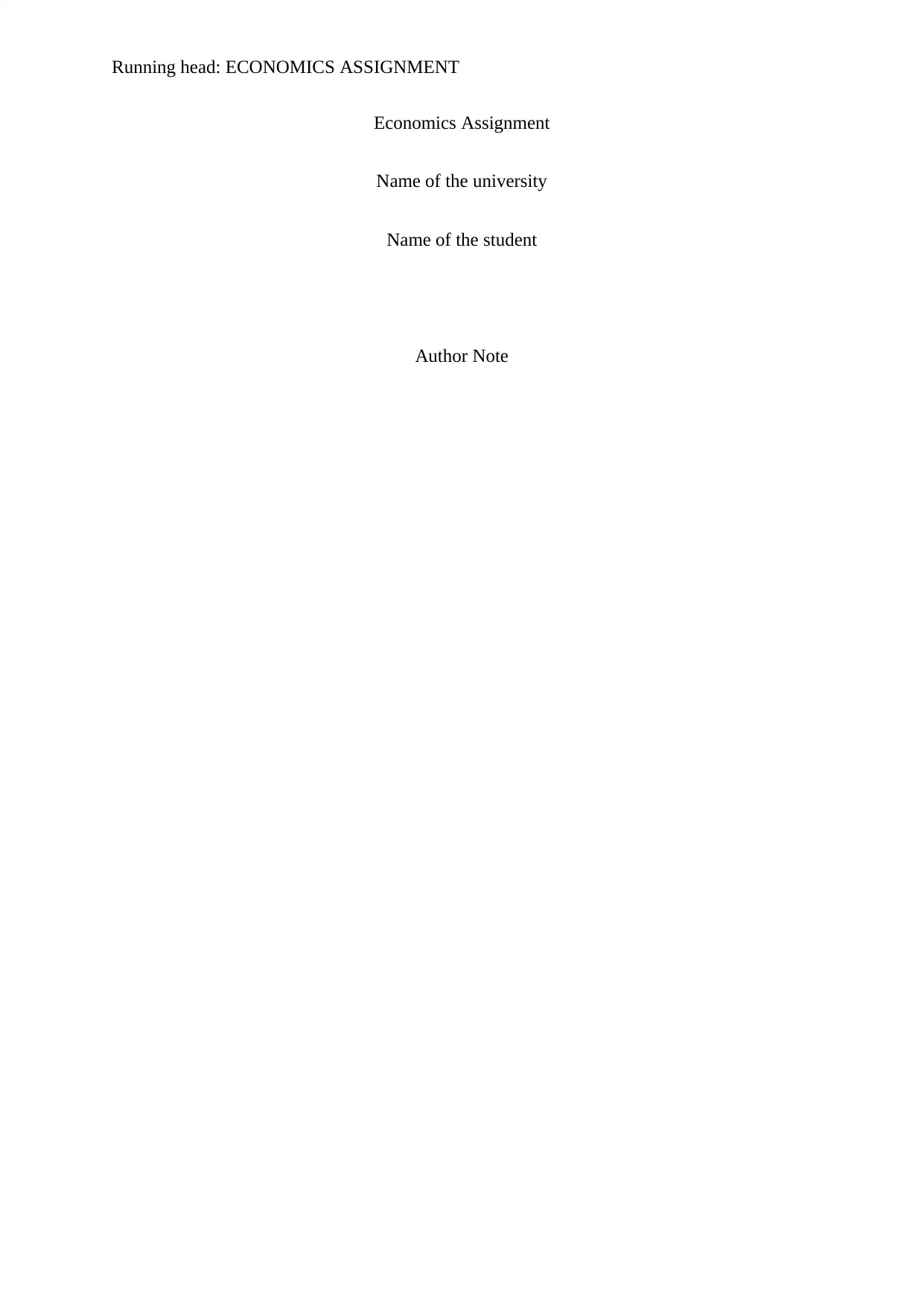
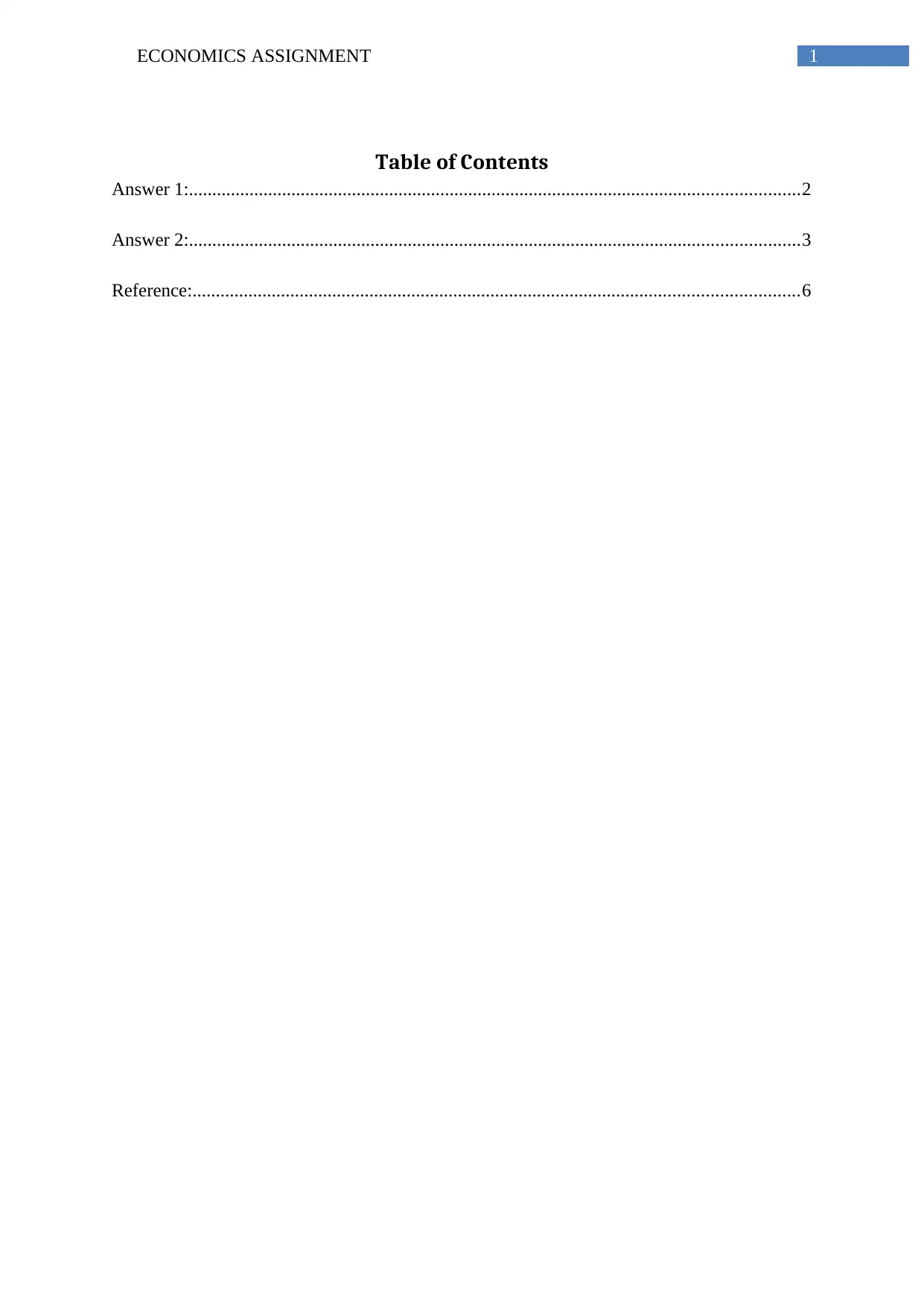
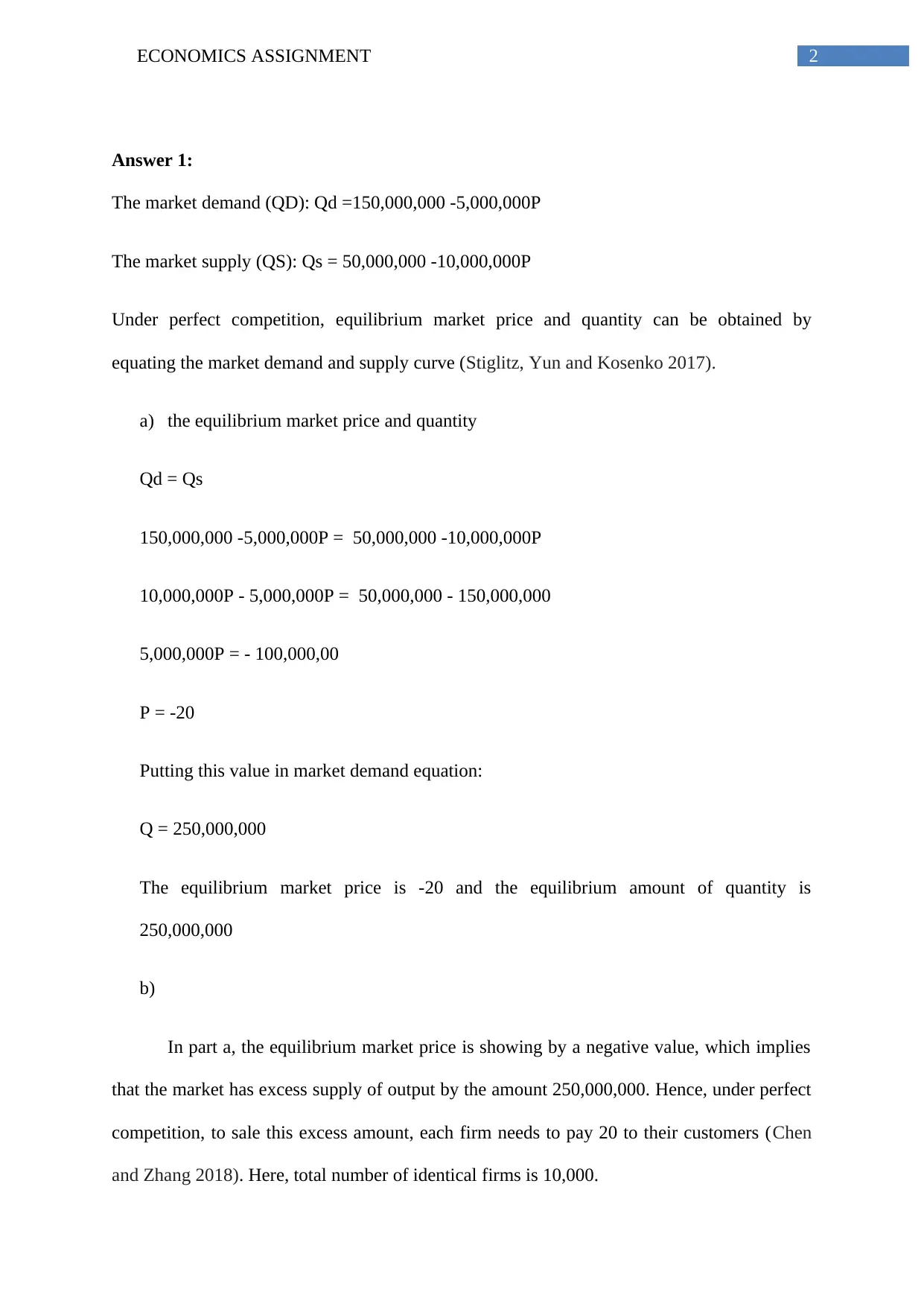

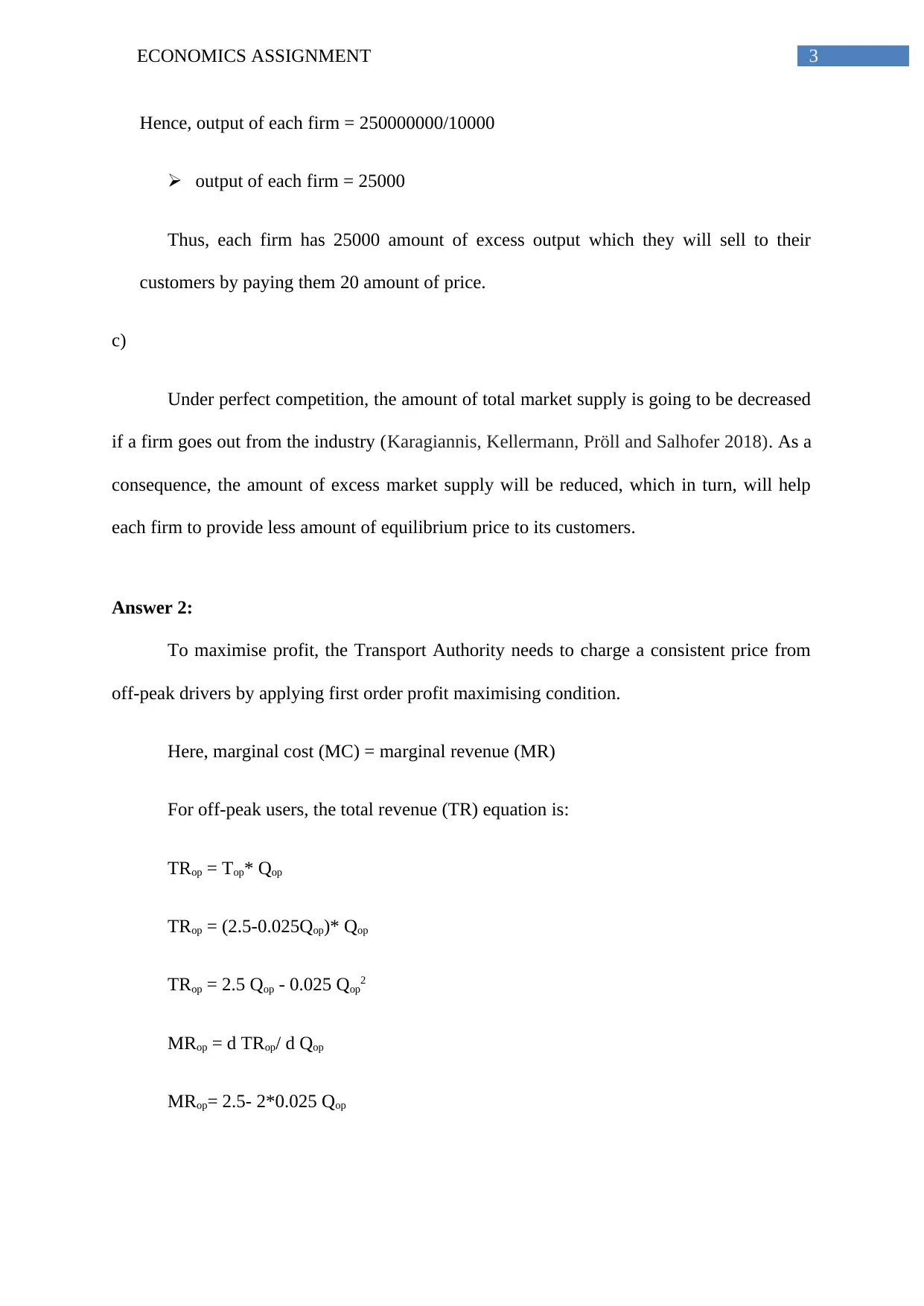
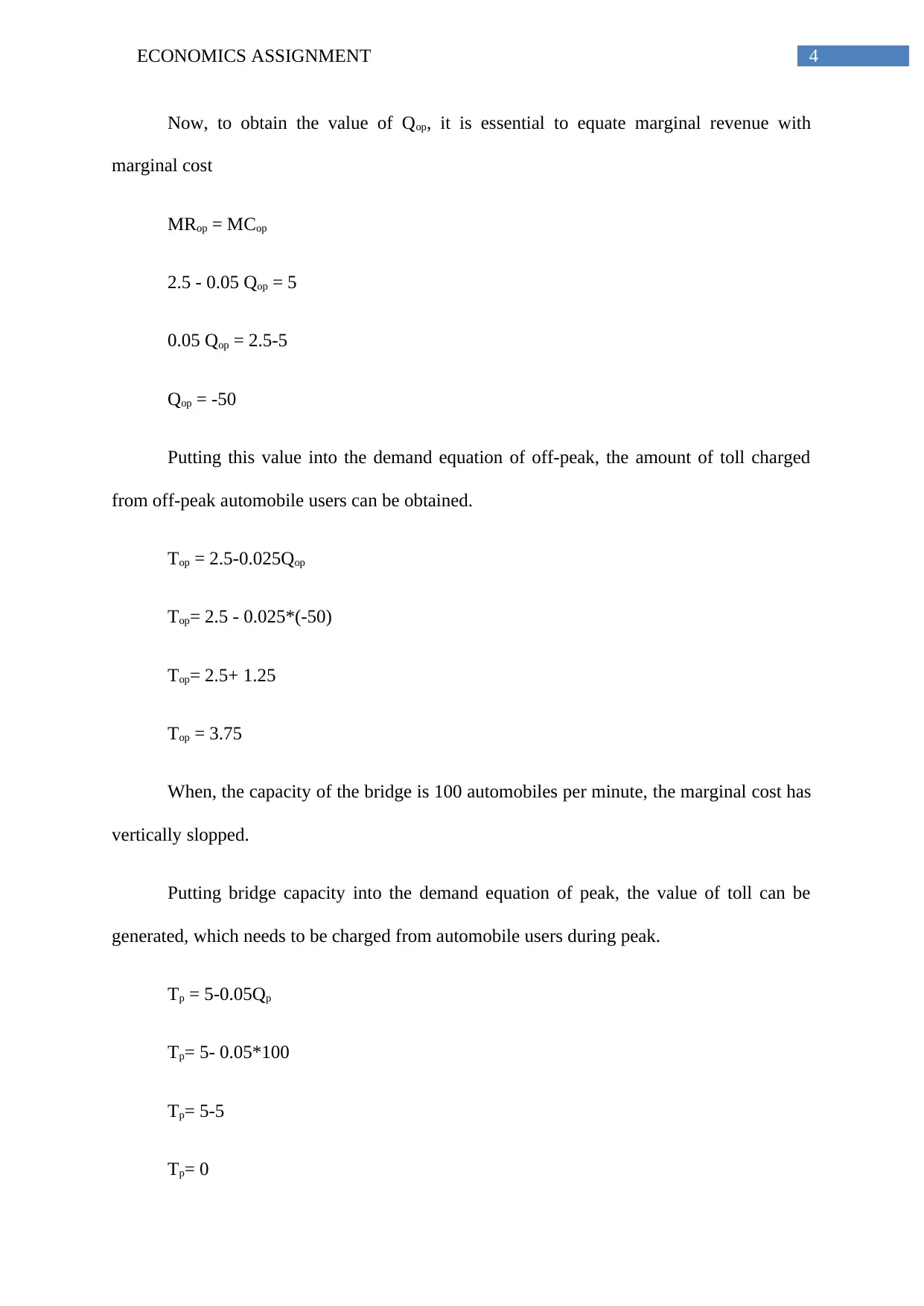
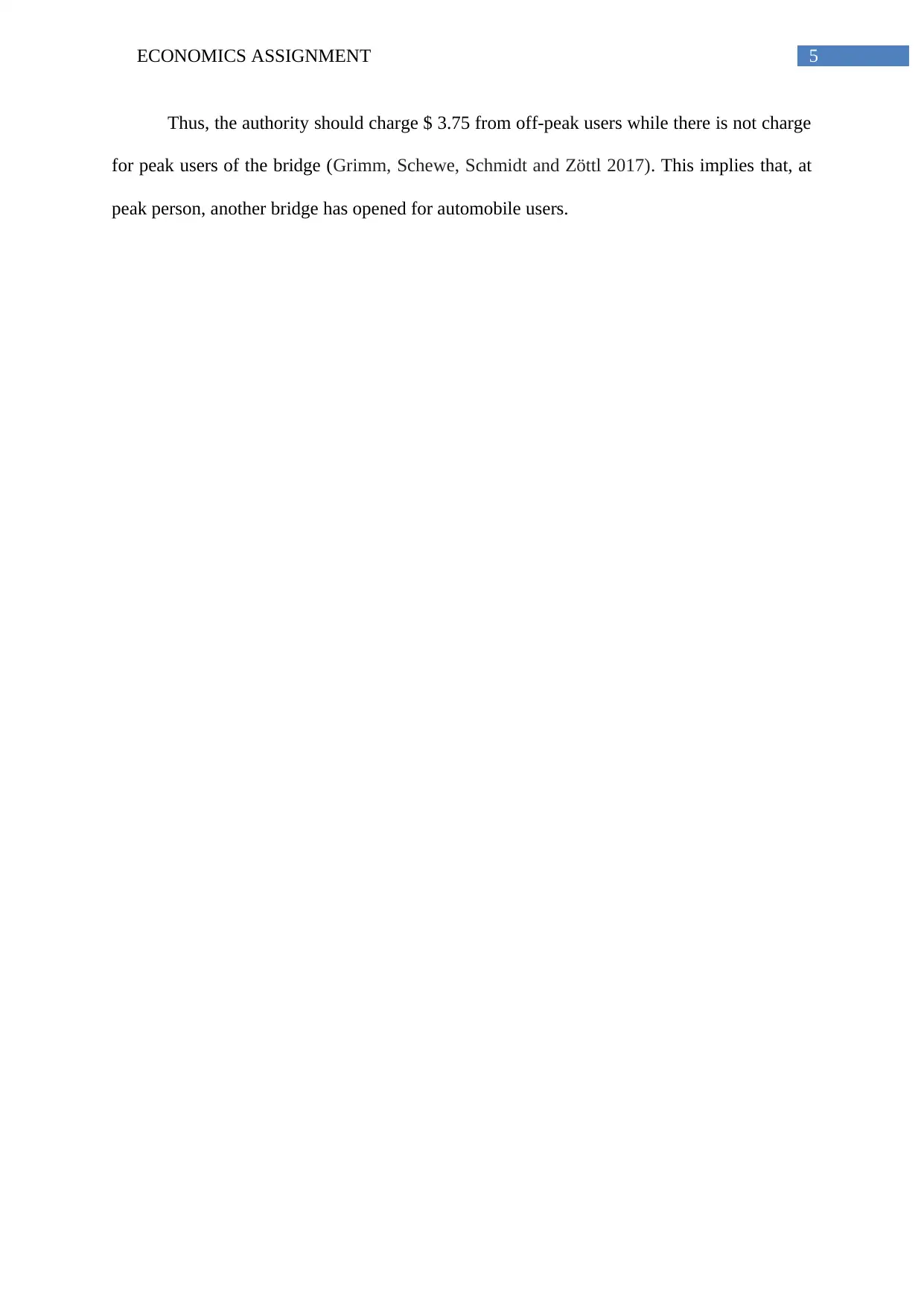
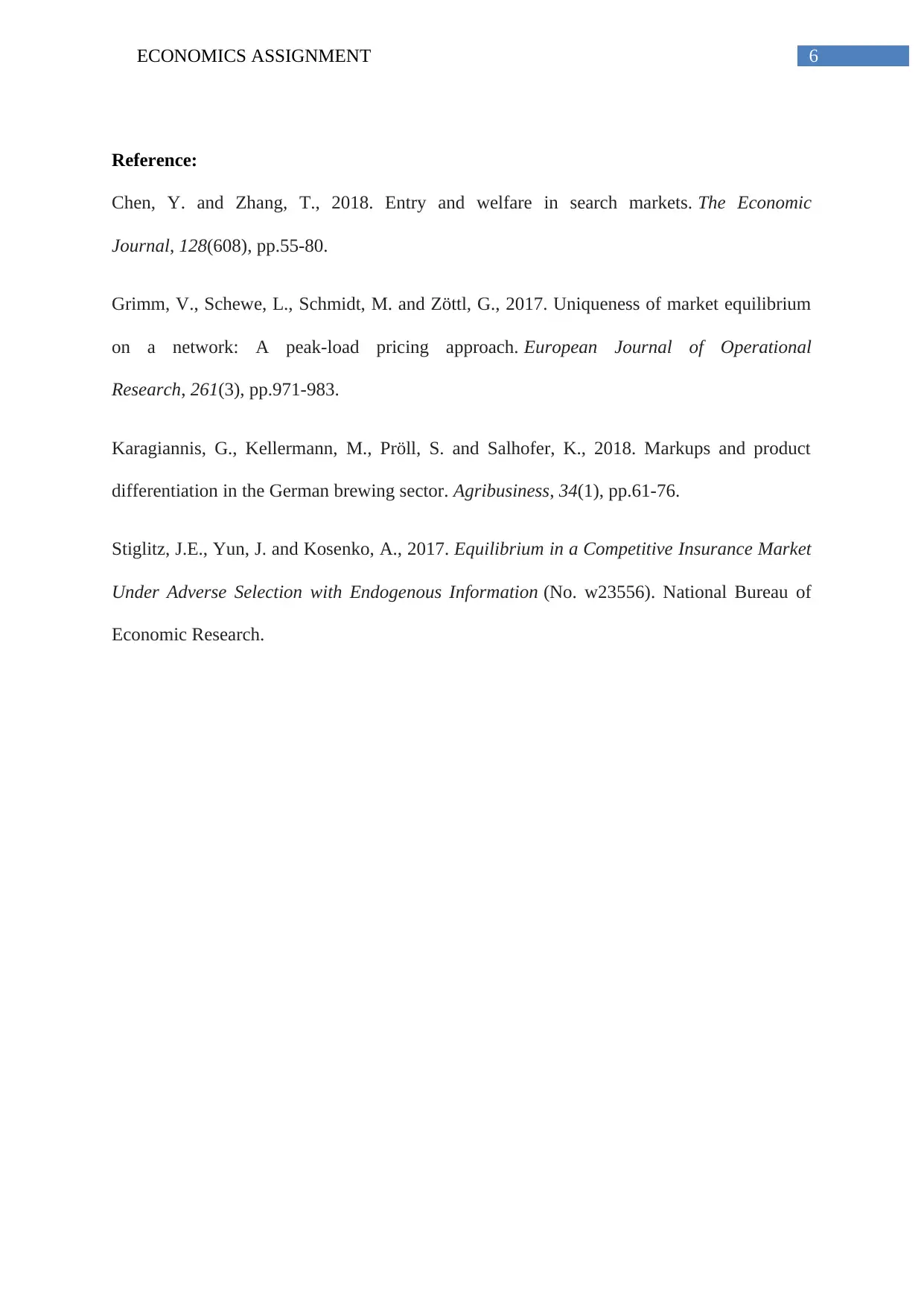
![[object Object]](/_next/static/media/star-bottom.7253800d.svg)